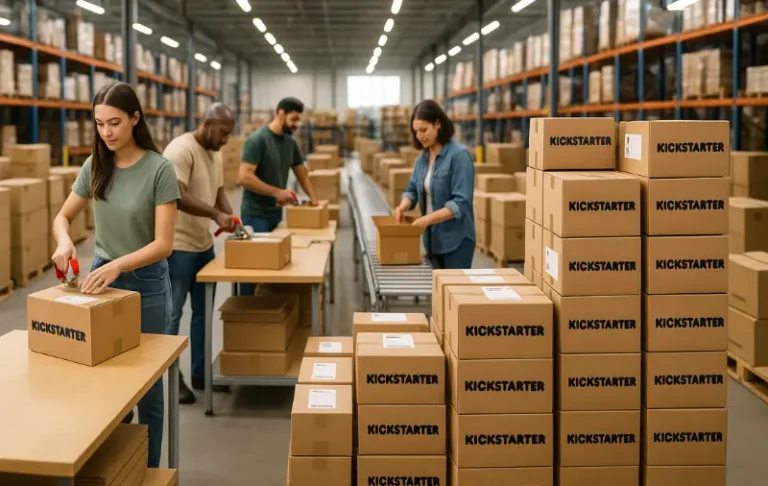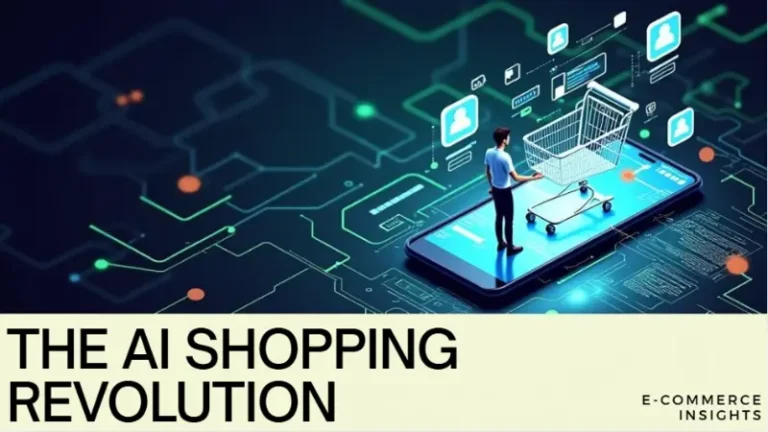Shopify Order Fulfillment: Guide to Choosing the Right Order Fulfillment Option

Last updated on March 20, 2025

You’ve put countless hours into creating your product, perfecting your Shopify website, and marketing to grab attention. But have you paid enough attention to your fulfillment strategy? It’s not just a cost center – the difference between poor and great fulfillment has a huge impact on your customer experience and revenue growth.
Depending on what type of product you sell, you have a lot of options for fulfillment. The pros and cons can be tough to parse, and it gets complicated in a hurry.
In this blog post, we’ll explore why fulfillment is so important for ecommerce, your options for Shopify fulfillment, and how to choose the fulfillment service that’s right for you.
Why Your Shopify Order Fulfillment Service Matters
Simply put, a great fulfillment strategy is the difference between keeping up with Amazon and getting buried by it. If you can’t deliver orders quickly, customers will immediately look for a similar product with better shipping options on a marketplace. Surveys show 83% of online shoppers compare prices to a competing product on Amazon when shopping online.
Amazon, Walmart, and eBay have set the bar high for order fulfillment, and unfortunately customers now expect the same high standards from online brands as well.
Ignore fast and free shipping at your own risk – 70% of US consumers expect free shipping even on orders under $50, and 48% of all cart abandonment is caused by unexpected shipping costs.
Having great Shopify order fulfillment will improve your cart conversion and customer satisfaction, leading to more immediate revenue as well as repeat customers.
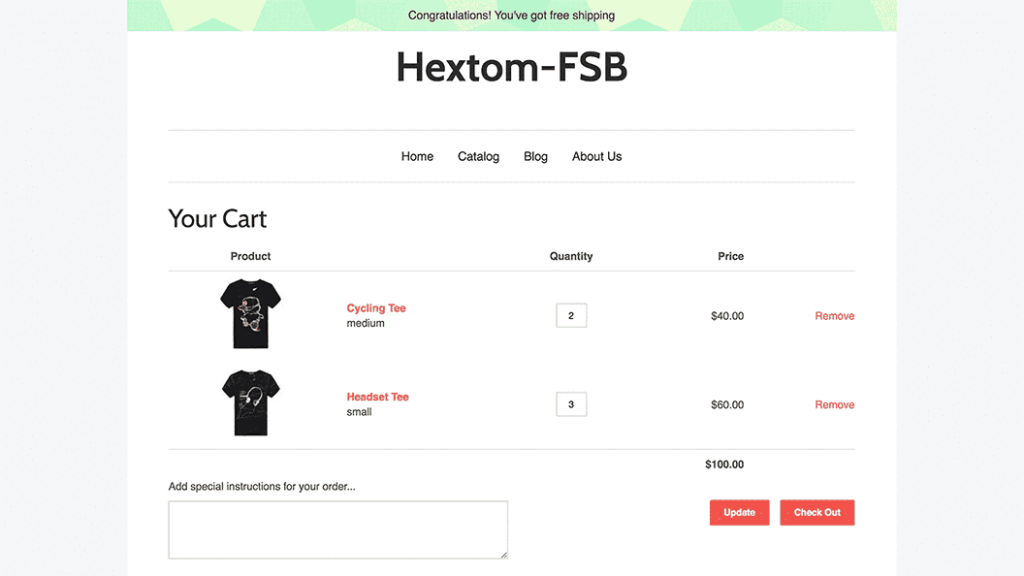
So you’re convinced – you need to offer fast & free shipping on Shopify, and it can’t break the bank. What are your options?
Fulfillment Services for Shopify Sellers
There are several main fulfillment options every Seller on Shopify can choose from:
- Self-Fulfillment
- Dropshipping
- Using a 3PL Provider
Each fulfillment strategy has its own unique pros and cons. Let’s go over these Shopify fulfillment options in detail:
Self-Fulfillment
If you’re selling small, low-cost items to a fairly local customer base, then self-fulfillment may be the best Shopify fulfillment strategy for your business.
Small items are easier to store yourself, and if your customer base is local, you won’t have to pay too much for shipping. Moreover, products will arrive relatively quickly to the customer because they don’t have too far to go.
Self-fulfillment also means you’ll have full control over product and fulfillment quality. You can choose where and how your products are stored, ensuring that they’re in the best condition possible when they get to customers. If there are errors in fulfillment, you have the power to immediately fix issues. Additionally, self-fulfillment can lead to higher storage costs, especially as your inventory grows, impacting your overall profitability.
The main drawbacks of self-fulfillment are that it’s extremely time-consuming and it isn’t cost-effective in the long run. If you’re fulfilling your own orders, your success comes with a price; more and more of your time will be consumed by managing operations. Every second spent on logistics is a second not spent on growing your top-line revenue. So most brands that start out self-fulfilling choose to outsource fulfillment as they grow.
Dropshipping
Dropshipping is a good option if you have the resources to find reliable suppliers and can successfully manage your relationships with them. With dropshipping, the entire fulfillment process is handled by the supplier or manufacturer, which means you don’t have to invest as much time in it – but you also don’t have control over it.
The key benefit of dropshipping isn’t to be underestimated; you can simplify a huge part of the logistics value chain. Instead of having to worry about shipping products from your manufacturer to a middle location, and then from that middle location to the customer, it goes straight from the manufacturer to the customer.
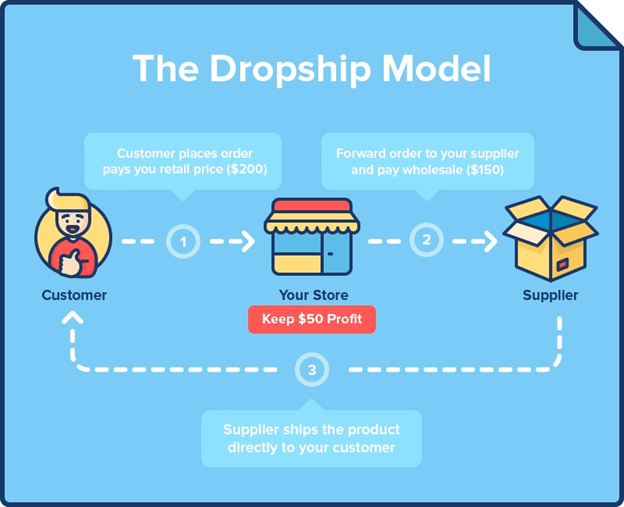
The main drawbacks of dropshipping are a lack of control over product quality and a poor delivery experience.
For quality, you don’t get to inspect the product before it gets to the customer. You have to rely entirely on the dropshipper, and when things go wrong, you’re left on the outside looking in.
Just as importantly, your customers won’t be delighted by fulfillment provided by dropshippers. Since they’re almost always shipping from one location, the delivery won’t be fast for customers across the country, which can negatively impact customer satisfaction. Since they’re often shipping long distances, shipping is also more expensive than it needs to be as well.
Using a Third-Party Fulfillment Provider
If you’re looking for a Shopify order fulfillment service that offers the benefits of self-fulfillment without all the hassle, then using a third-party provider is your best bet.
The best 3PLs will give you access to a nationwide network of warehouses and carriers, so shipping products will take less time than if you were going it alone – in most cases within one or two days. Furthermore, if a 3PL places your inventory across the country strategically, you’ll always pay ground rates for shipping, so fast delivery will come at low prices.
Third-party logistics providers also work with shipping carriers to negotiate discounted shipping costs, further improving your profitability.
In addition, some 3PLs can even support dropshipping services.
Like dropshipping, trusting a third party means giving up some control over your product before it gets to the customer. This challenge can become apparent with 3PLs that aren’t built for ecommerce, as products get damaged in their rush to fulfill orders. Modern 3PL networks that specialize in ecommerce, though, have very low defect rates and may even improve on your own delivery record.
Of the three Shopify fulfillment options, using a third-party provider is the best option for most Shopify stores. It’s a question of when, not if for most Sellers. Many assume that they need thousands of orders before they can get a good deal with a 3PL, but today’s tech-enabled fulfillment networks are built to be easy to use for merchants of all sizes.
So, if you’re looking for a 3PL, how do you choose one that’s right for you?
Slash Your Fulfillment Costs by Up to 30%
Cut shipping expenses by 30% and boost profit with Cahoot's AI-optimized fulfillment services and modern tech —no overheads and no humans required!
I'm Interested in Saving Time and MoneyShopify’s Fulfillment Network
The Shopify Fulfillment Network (SFN) is a 3PL fulfillment service designed to streamline the order fulfillment process for Shopify Sellers. With a 3PL network of warehouses across the United States (SFN no longer operates in Canada as of 2023), the Shopify Fulfillment Network allows businesses to store, manage, and ship their products efficiently. This network is built to provide fast and reliable delivery, ensuring that customers receive their orders promptly and in excellent condition. However, this service was announced in 2019 and still outsources fulfillment through Flexport.
Using the Shopify Fulfillment Network (powered by Flexport) offers several advantages for online Sellers, making it an attractive option for Shopify businesses looking to enhance their fulfillment capabilities:
- Fast and Reliable Delivery: SFN’s strategically located fulfillment centers enable businesses to offer fast and reliable delivery to their customers. This can significantly boost customer satisfaction and loyalty, as timely deliveries are a key factor in the overall shopping experience.
- Simplified Order Fulfillment Process: SFN handles the entire fulfillment process, from storage to shipping. This allows businesses to focus on other critical aspects of their operations, such as marketing and product development, without worrying about the logistics of order fulfillment. However, there are some fulfillment limitations that come with this simplified fulfillment process.
- Increased Efficiency: By utilizing SFN’s network of fulfillment centers and advanced technology, businesses can streamline their fulfillment process. This not only reduces costs but also improves operational efficiency, allowing for better resource allocation and management.
- Scalability: SFN is designed to scale with businesses as they grow. Whether you’re a small startup or an established enterprise, SFN can accommodate your needs, allowing you to expand your operations without the hassle of managing fulfillment logistics.
Choosing the Right Shopify Order Fulfillment Service for Your Store
It’s one thing to decide to work with a 3PL provider and another thing entirely to find one that has the right Shopify fulfillment network that your business needs to scale. Here are the key factors you’ll have to consider:
- Shipping speed SLAs (what shipping options will they enable?)
- Fulfillment costs and methods (how much do different options cost?)
- Inventory management options (do they help you efficiently manage inventory?)
- What other providers do they integrate with, and how?
- Customization & special services (e.g., assembly, packaging)
The best Shopify fulfillment services are built for fast & free ecommerce – that means they’ll enable fast delivery for your customers, but do so in a low-cost way. They should have pre-built integrations with Shopify and ecommerce platforms to make your life easy. Finally, you should look for a provider that helps you intelligently manage inventory to optimize capital.
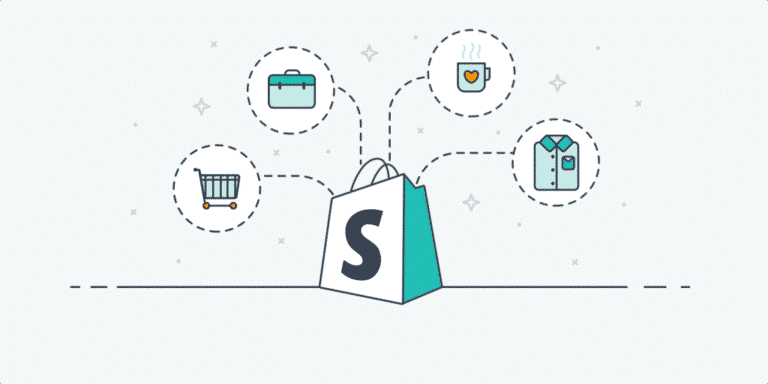
For more in-depth guidance on how to choose a 3PL, use our 3PL RFP template to easily collect the information you need to make the right choice.
Cahoot – Your Best Option for Shopify Order Fulfillment
Cahoot’s fulfillment network of over a hundred warehouse locations is built for ecommerce. We’ll help you level the playing field with marketplaces and delight your customers with a stellar, Amazon-like delivery experience – right on your Shopify store.
Price: Our innovative peer-to-peer model offers low-cost, fast fulfillment by design. As a result, our pricing is typically lower than that of traditional 3PLs, 3PL networks, Shopify Fulfillment Network, and even marketplace fulfillment solutions like Amazon Multi-Channel Fulfillment.
Shipping Flexibility: Cahoot also offers the option to ship on your existing carrier accounts, allowing you to maintain your purchasing power and volume discounts.
Speed: Cahoot’s Shopify fulfillment service will enable you to turn on conversion-boosting fast and free shipping badges. We’ll strategically distribute your inventory to our warehouses locations across the country so that no matter where an order comes from, it’ll be fulfilled by a nearby warehouse. The customer gets their item in one to two days, but you pay cheap ground shipping rates.
Reliability: Our barcode scanning technology powers 99.95% on-time delivery and a 99.99% accuracy rate.
Easy Onboarding: With Cahoot, you can go from sign up to shipping in just two weeks. Our pre-built integration with Shopify makes setup a breeze.
Customer Service: You’ll have a dedicated customer support team that is always ready to help you every step of the way.
Cahoot is committed to helping Shopify Sellers grow their businesses with our fast and affordable ecommerce fulfillment service.
If you’d like to find out how Cahoot can help your business, please get in touch with us. We can’t wait to show you how Shopify fulfillment was meant to be.
Frequently Asked Questions
How can I fulfill orders on Shopify?
The main ways to fulfill Shopify Orders are directly shipping yourself, dropshipping, or using a 3PL.
Are there any limitations with Shopify Fulfillment Network?
Not all products are eligible for the SFN; you can review the list here.
Are all 3PLs the same?
No! 3PLs are different, and choosing the right 3PL for your business is an important decision.
Turn Returns Into New Revenue
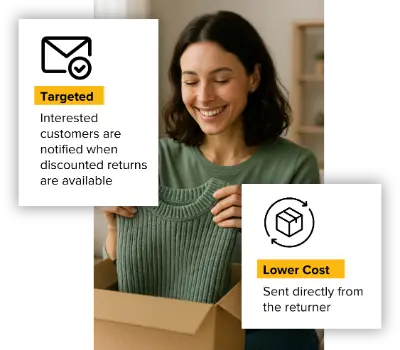
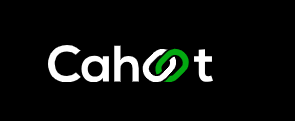
 10 minutes
10 minutes
